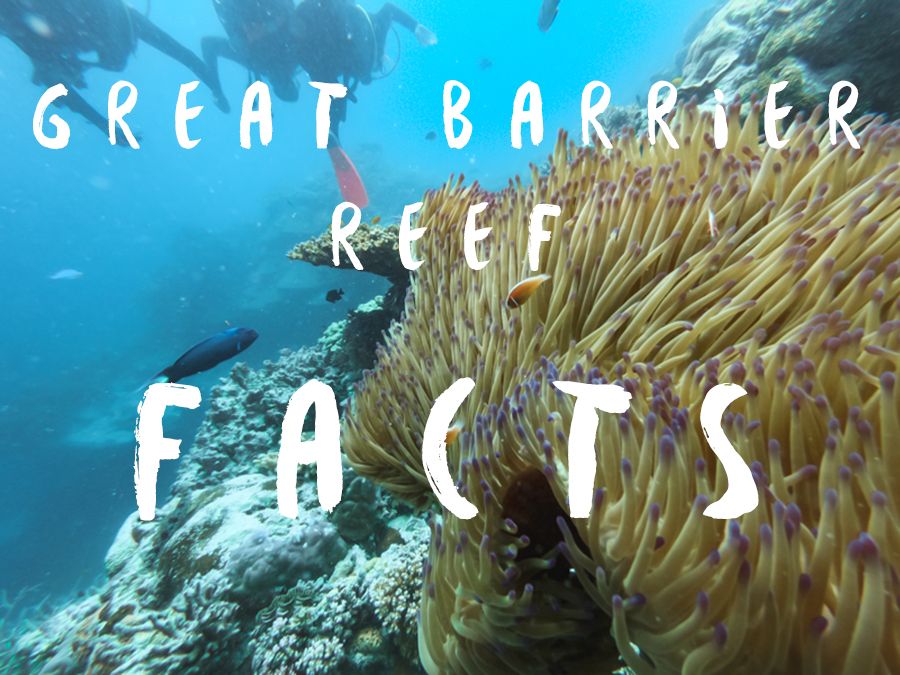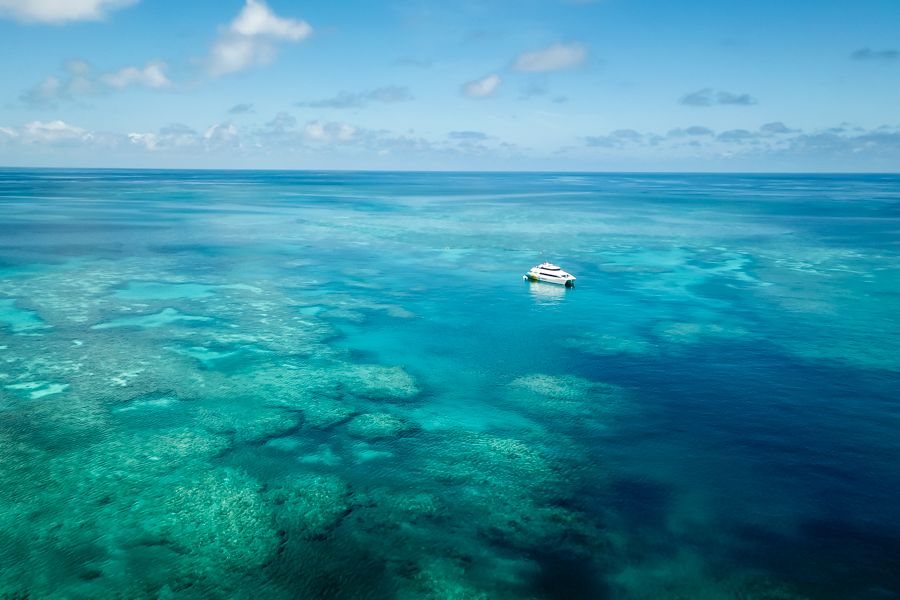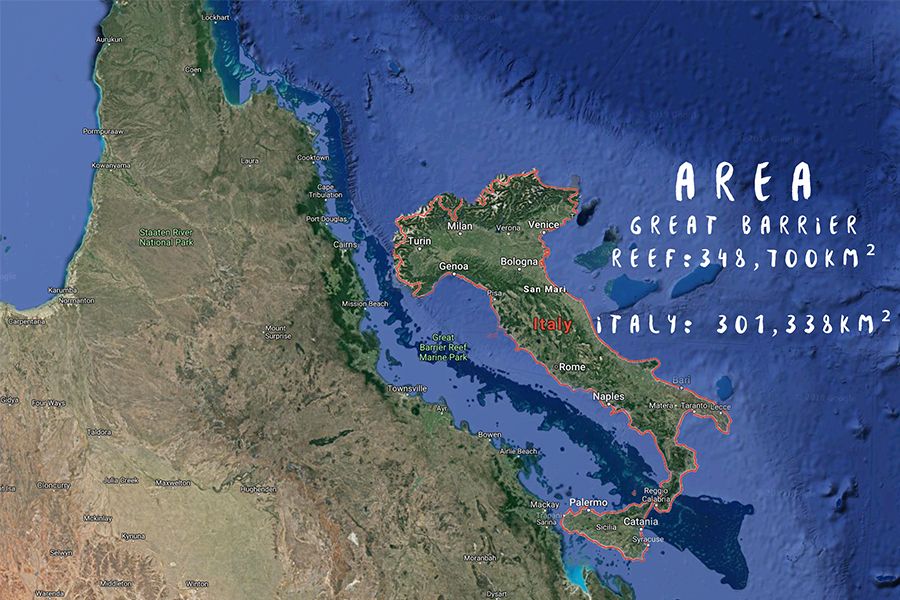The Great Barrier Reef Facts

Environment and Habitat
The Great Barrier Reef is a World Heritage listed site characterised by extensive areas of mangrove, seagrass, seabeds of sand and mud, deep waters, and island communities.
The popular belief that the Great Barrier Reef is one continuous, unbroken barrier, couldn’t actually be farther from the truth. The GBR is actually a wealth of around 3,000 individual reefs, with roughly a quarter being accounted for as fringing reefs. This broken maze of reefs range in size from 1 hectare to over 1,000km2 and take on a variety of forms; providing a unique habitat for many diverse forms of life.

The Great Barrier Reef is home to an estimated 360 species of hard corals; 1,500 species of fish; over 4,000 mollusc species; and an identified 1,500 species of sponges; but it doesn’t end there. The reef also provides feeding and nesting grounds for humpback whales; endangered loggerhead turtles, vulnerable green, hawksbill and flatback turtles; and countless other algae, fish, sea urchins crustaceans and echinoderms.
This diversity doesn’t stop below the water either! Above the reefs, there are an estimated 215 bird species dependent on the abundance of life harboured with the Great Barrier Reef’s ecosystem.

A few facts and figures
- Covering over 348,000km2 the Great Barrier Reef equates in size to Italy and is equal in length to the entire west coast of the USA.
- Includes 900 islands
- Coral reefs make up around 7%
- 23% of the known global species diversity of seagrass meadows
- 54% of the world’s mangrove diversity
Aboriginal Culture
Many archaeological sites around the reefs have unearthed significant awareness into Aboriginal and Torres Strait Islander use of the area. Fish traps, middens, and rock art have all been found within the confines of the reef; providing an insight into the Ngaro people, the Traditional Owners, ways of life before European settlement.
The islands also house ruins, lighthouses, and culturally significant sites of their own; and there are over 30 historic shipwrecks found along the reef too.













